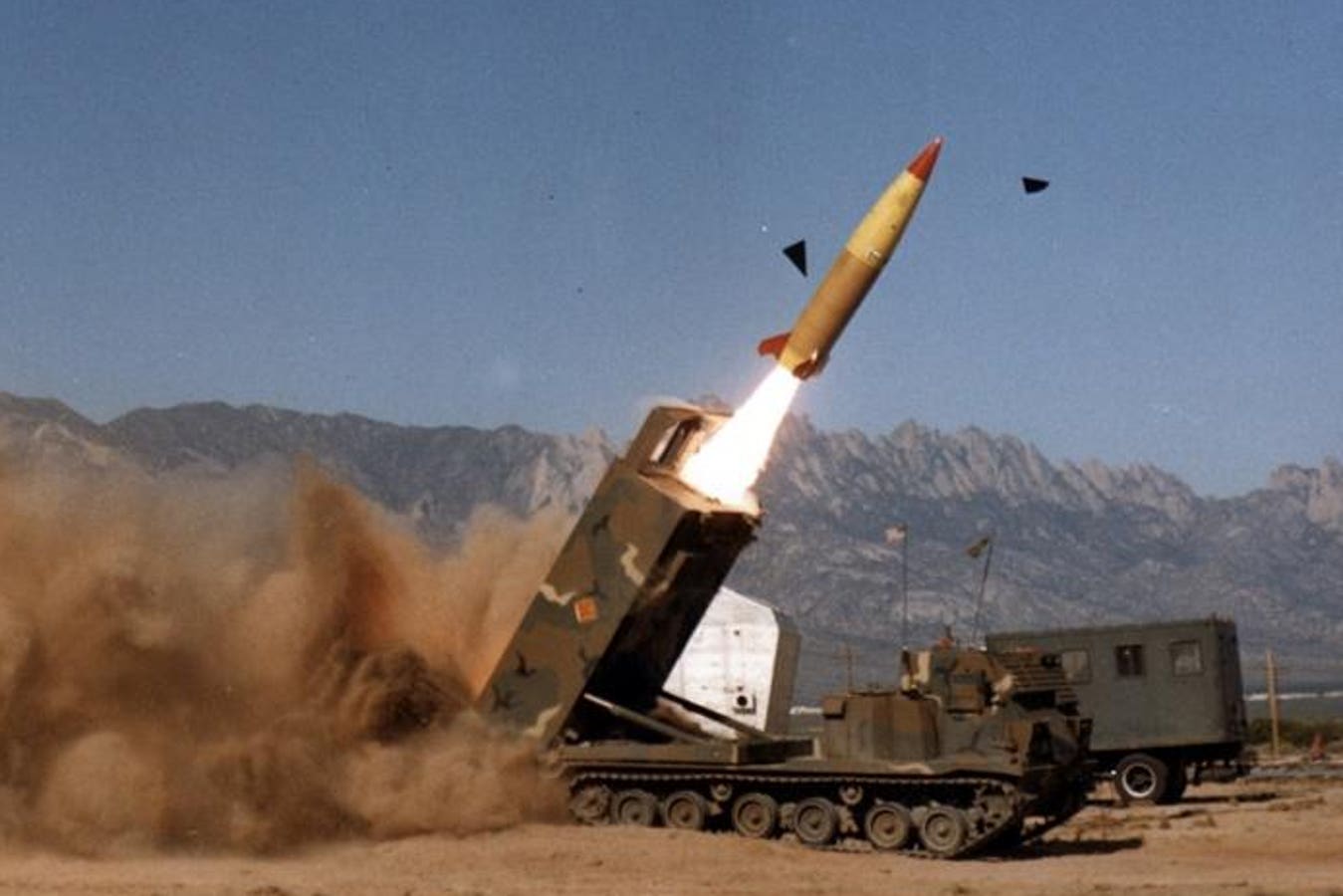The Ukrainian army might not have very many M39 missiles. The ones it has, it’s using carefully—firing them at the most valuable targets that also are most vulnerable to the American-made munitions.
In their second-ever strike with the ground-launched M39, on Wednesday, the Ukrainians apparently targeted a Russian air force S-400 air-defense battery in Luhansk Oblast in eastern Ukraine.
Videos and photos from Luhansk depict the detached tail sections of two M39s—and also the aftermath of the purported strike: smoke curling from what Russian social-media users identified as an S-400 battery.
The first M39 strike, on Oct. 17, struck Russian air force bases in Luhansk and outside Berdyansk in Russian-occupied southern Ukraine. The three missiles, each scattering 950 M74 submunitions, wrecked 21 Russian helicopters.
It was apparent, at the time, that the Ukrainians would save their initial consignment of 20 M39s for the best and softest targets. And that that would include long-range air-defenses.
The M39 Army Tactical Missile System, or ATACMS, is a two-ton, 13-foot ballistic missile with a solid rocket motor. Fired by a tracked or wheeled launcher, the 1990s-vintage missile ranges as far as 100 miles under inertial guidance.
An M39 usually should strike within 50 yards or so of its aim-point. This isn’t super-accurate by modern standards, but it’s accurate enough considering that the M39 is an area weapon.
As the missile plummets toward its target, it spins and pops open, scattering its submunitions across an area of potentially tens of thousands of square feet. Each bomblet has the explosive power of a hand grenade.
That the U.S. Army always meant for the M39 to wipe out entire helicopter regiments is obvious in its design. A rocket meant for, say, bunker-busting would have a single large warhead rather than a casing full of bomblets.
When it tested the M39, the Army aimed the missile at a mock airfield where the service parked old helicopters. Footage of the test depicts submunitions tearing into the rotorcraft.
Air-defense batteries, their fragile radars and launchers spread out across many acres, also are prime targets. In striking those launchers in Luhansk, the Ukrainians prolong their campaign targeting the valuable S-400s, which can hit aerial targets as far away as 150 miles.
In the years prior to its wider war on Ukraine, the Russian air force deployed five S-400 batteries, plus attached radars, to occupied Crimea. Other S-400s eventually staged elsewhere in and around occupied Ukraine. As Ukraine acquired more and better deep-strike weapons, it began targeting the batteries.
In less than a month starting in late August, the Ukrainian navy destroyed two of the S-400s in Crimea. Both strikes reportedly involved a land-attack version of the Ukrainian navy’s Neptune ground-launched anti-ship cruise missile.
The Neptunes surely are in short supply, which might explain why the Ukrainians waited until M39s arrived to target the S-400s in Luhansk. Regardless of the munition the Ukrainians deploy, the ultimate goal of the raids targeting long-range air-defense batteries is obvious.
Each S-400 Ukrainian force destroy makes it safer for Ukrainian cruise missiles and warplanes. “ATACMS is a combat multiplier in the deep battlespace,” U.S. Army major Carter Rogers wrote in a 1991 thesis for the U.S. Army Command and General Staff College.
It’s no accident that the Neptune strikes on S-400 batteries occurred right before the Ukrainian air force fired British-made Storm Shadow cruise missiles at the Russian navy anchorage in Sevastopol, in Crimea, destroying a landing ship and an attack submarine.
The M39 like the Neptune makes possible extremely damaging follow-on attacks by other forces. “We may not have many ATACMS yet,” wrote Olexander Scherba, a Ukrainian diplomat. “But they go a long way.”
Read the full article here





